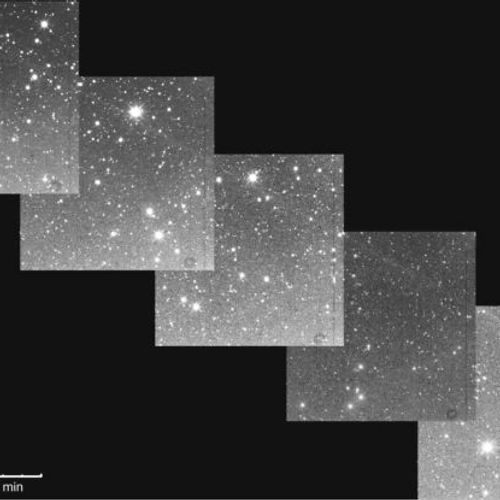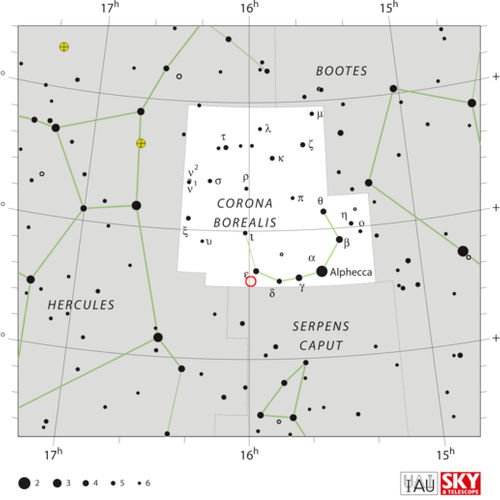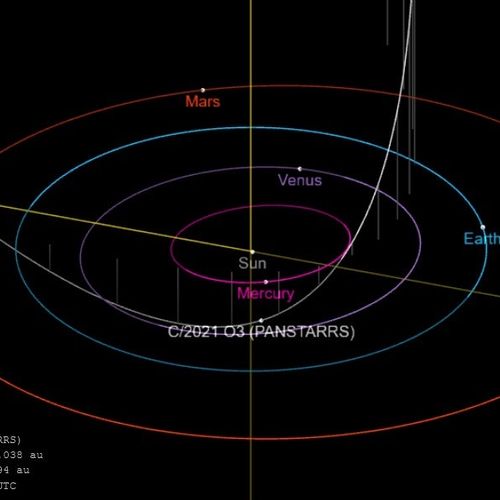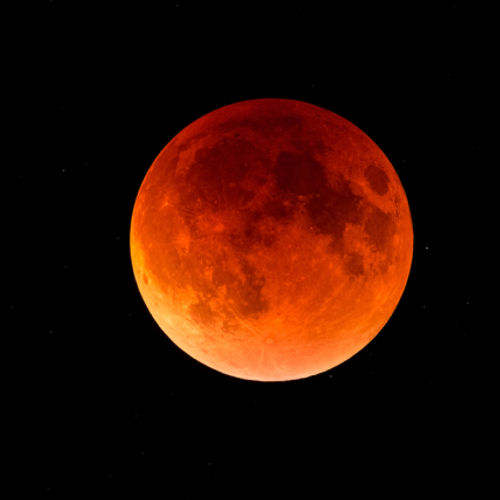
| Added | Fri, 29/04/2022 |
| Источники | |
| Дата публикации | Fri, 29/04/2022
|
| Версии |
Scientists of the Ural Federal University (UrFU, Yekaterinburg) together with colleagues from Russia, Finland and Canada have discovered an unusual shape of the trace of comet 17P/Holmes, the press service of the university reports.
The comet flash occurred in October 2007. Real observations of the comet were carried out in Australia and the USA from 2013 to 2015 and from 2020 to 2021.
"The authors of the study established for the first time that the shape of an hourglass has a set of orbits of comet particles ejected by the flare," the report says.
The description of the trace is published in Monthly Notices of the Royal Astronomical Society.
"A huge number of particles that were ejected from the comet during the flare spread in elliptical orbits around the Sun. This gives a unique opportunity to study cometary material and its scattering in interplanetary space," the press service quotes Maria Gritsevich, head of the academic project, associate professor at the University of Helsinki, senior researcher at the Finnish Institute of Geospatial Research and UrFU.
The results of the study allow scientists to predict the location and behavior of the comet's dust trail. Also, the conducted research will help in the next similar event to carry out calculations or predict the precipitation and intensity of meteor showers.
The study was supported by the Academy of Finland. Scientists will continue to study the comet to determine the reasons for the increase in its brightness, as well as to establish the strength of the impact on the particles of factors.
UrFU clarified that comet 17P was discovered during an outbreak on November 6, 1892 by English astronomer Edwin Holmes. Another powerful outbreak lasting about three hours occurred in October 2007.
"The particle ejection that followed the flare turned out to be the largest recorded for all time astronomical observations. Due to the multiple increase in the size of the surface reflecting sunlight, the brightness of the comet increased by 1 million times. For a while, the comet became the most noticeable object on the celestial sphere for earthlings," the university said in a statement.
Новости со схожими версиями
Log in or register to post comments









